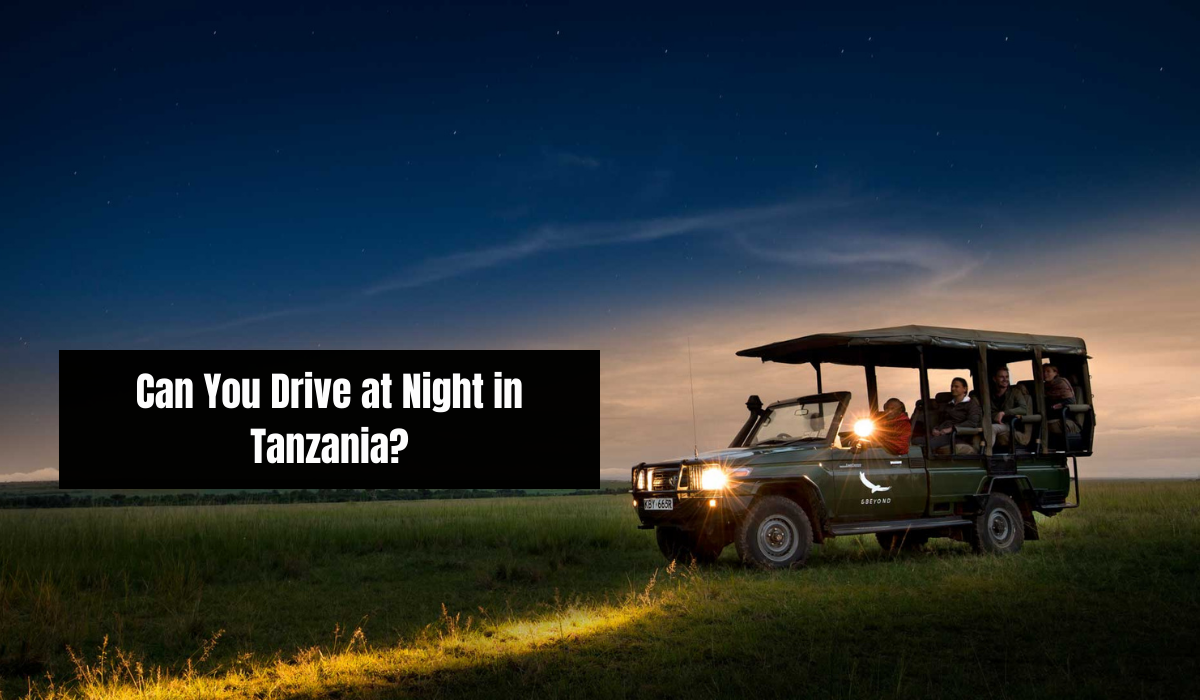What are The Classification of Roads in Tanzania? As of December 2022, Tanzania boasts an extensive road network totaling 181,190 kilometers (112,590 miles). This network is crucial for the country’s infrastructure, supporting transportation, trade, and economic growth.
The roads in Tanzania are categorized into two primary classifications: National Roads and District Roads. Each category serves a unique purpose and supports different levels of traffic and economic activities.
Classification of National Roads in Tanzania
National Roads are further divided into two subcategories: Trunk Roads and Regional Roads. These roads are vital for long-distance travel and connecting major cities and regions across the country.
- Trunk Roads: These are the primary highways that facilitate the movement of goods and passengers over long distances. They connect major cities, ports, and border points, playing a crucial role in both domestic and international trade. Trunk roads are typically well-maintained to ensure they can handle heavy traffic and large vehicles.
- Regional Roads: These roads connect different regions within Tanzania, linking regional capitals and important administrative centers. Regional roads support economic activities by connecting smaller towns and rural areas to major trade routes and urban centers.
As of the latest data, Tanzania has a total of 36,760 kilometers (22,840 miles) of National Roads, encompassing both Trunk and Regional Roads. This classification ensures that essential routes are prioritized for maintenance and development, facilitating efficient transportation across the country.
Classification of District Roads in Tanzania
District Roads are categorized into three types: Collector Roads, Feeder Roads, and Urban Roads. These roads primarily serve local transportation needs and connect smaller communities to the broader National Road network.
- Collector Roads: These roads collect traffic from local roads and direct it towards the National Roads. They are essential for ensuring that even remote areas have access to the main transportation network, thus supporting local economies and communities.
- Feeder Roads: Feeder Roads link rural and agricultural areas to Collector Roads and subsequently to National Roads. They are critical for agricultural development, allowing farmers to transport their produce to markets and reducing the isolation of rural communities.
- Urban Roads: Located within cities and towns, Urban Roads support intra-city transportation. They handle daily commuter traffic, facilitate public transportation, and connect residential areas to commercial and industrial zones.
Tanzania has a total of 144,429 kilometers (89,744 miles) of District Roads, covering Collector, Feeder, and Urban Roads. This extensive network ensures that even the most remote parts of the country are accessible, promoting equitable development and integration.
Conclusion
The classification of roads in Tanzania into National and District Roads ensures an organized and efficient transportation system. By prioritizing maintenance and development based on the road’s function and importance, Tanzania can support its economic activities and improve connectivity across the country. This comprehensive road network is the backbone of the nation’s infrastructure, facilitating movement, trade, and overall economic growth.
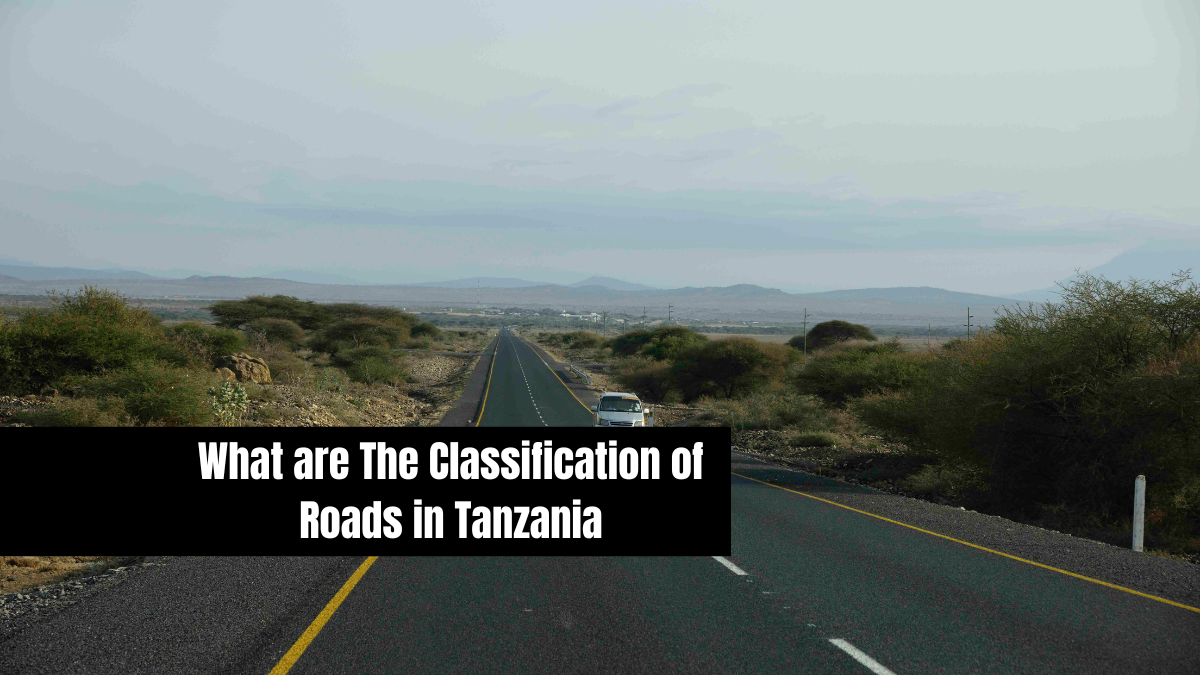
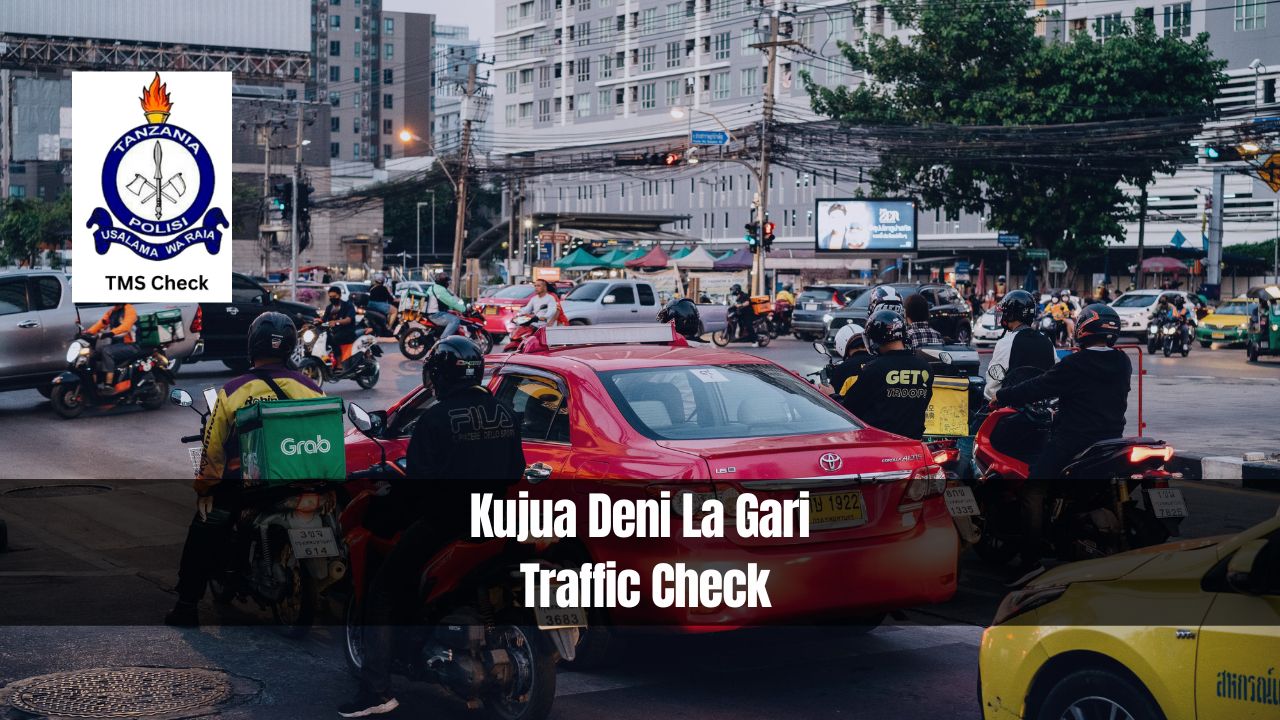
 TMS Police10 months ago
TMS Police10 months ago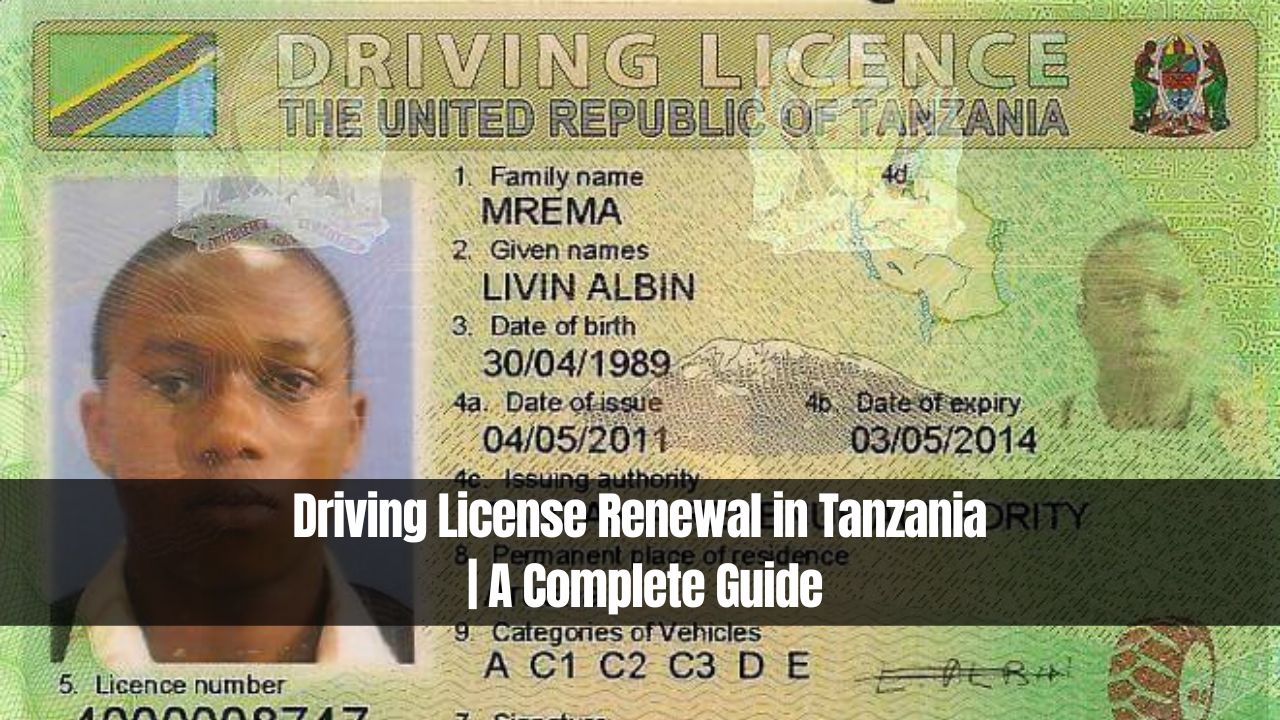
 Driving Licences10 months ago
Driving Licences10 months ago
 Driving Licences10 months ago
Driving Licences10 months ago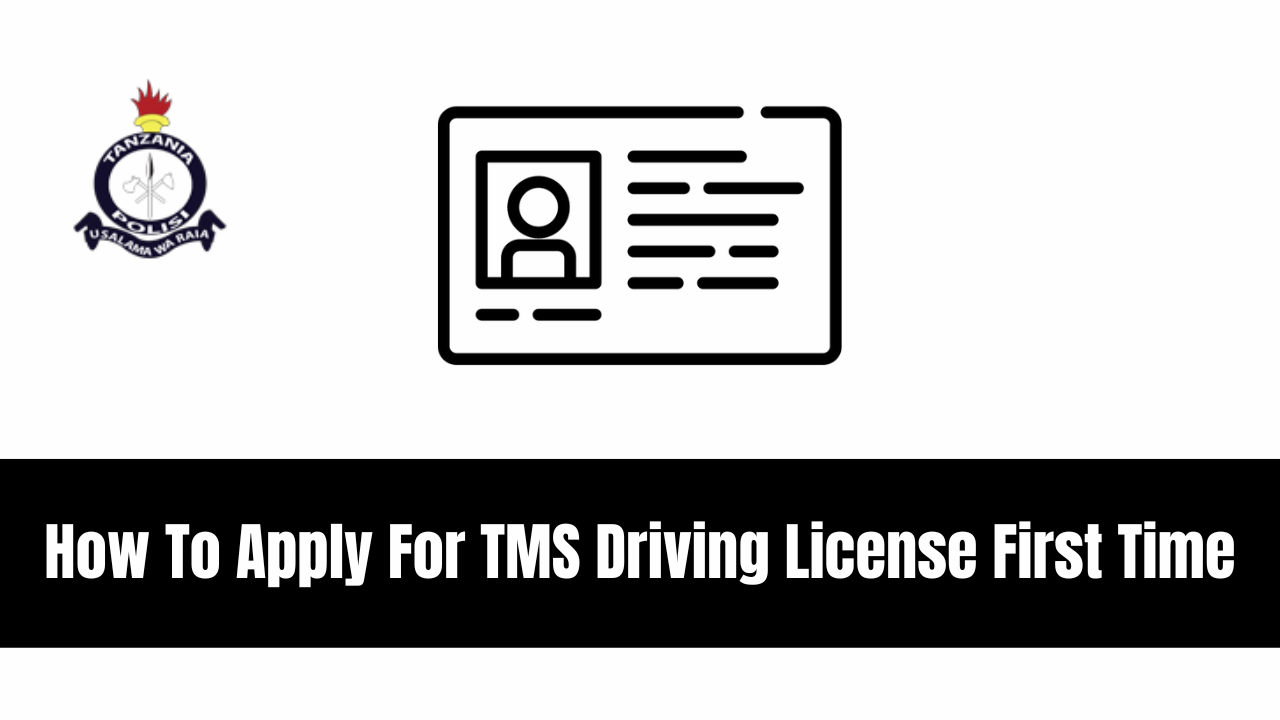
 Driving Licences10 months ago
Driving Licences10 months ago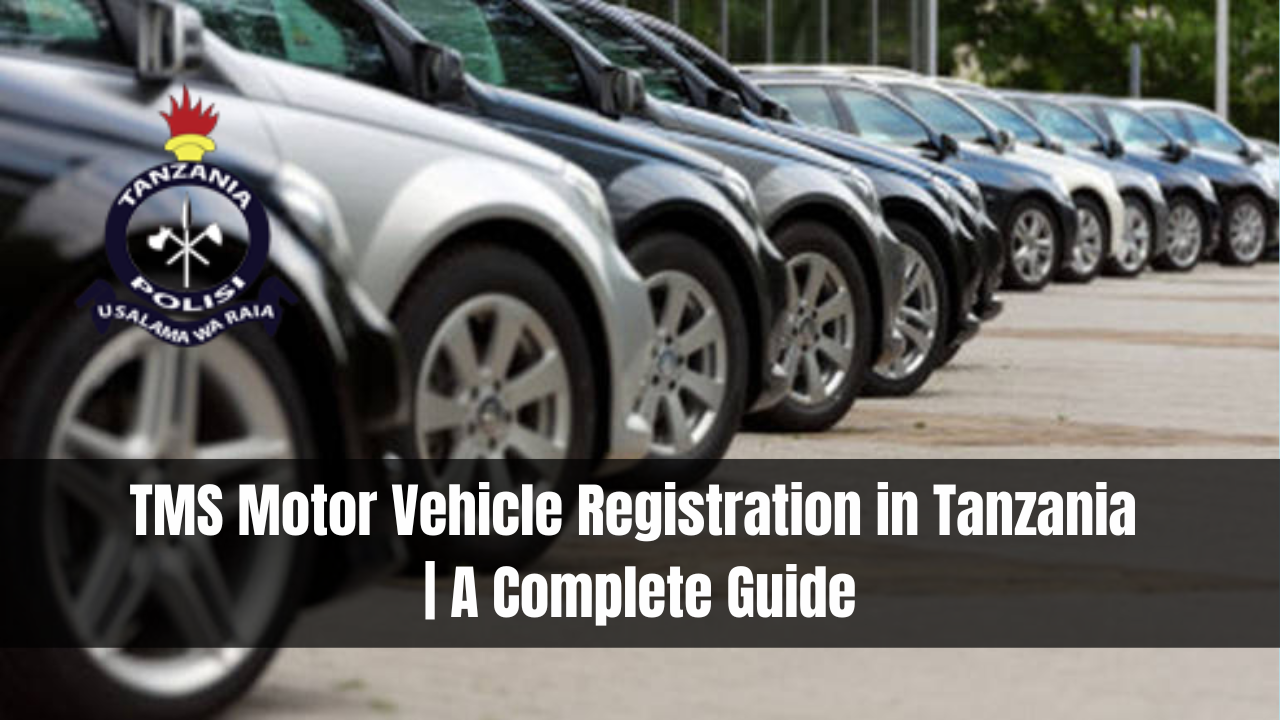
 Motor Vehicle10 months ago
Motor Vehicle10 months ago
 Job5 months ago
Job5 months ago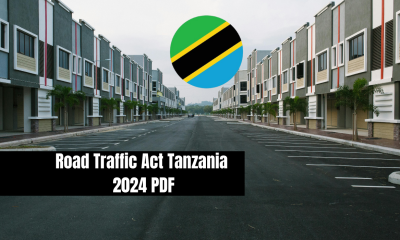
 Blog5 months ago
Blog5 months ago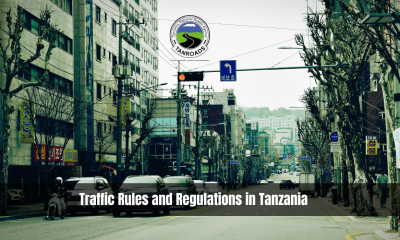
 Rules5 months ago
Rules5 months ago
 TMS Police10 months ago
TMS Police10 months ago
 SASSA5 months ago
SASSA5 months ago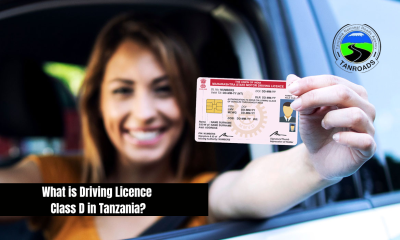
 Driving Licences5 months ago
Driving Licences5 months ago
 TAX Aid5 months ago
TAX Aid5 months ago
